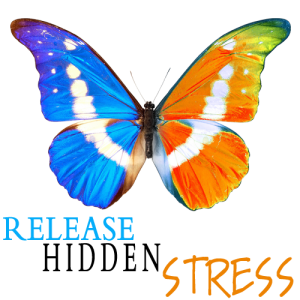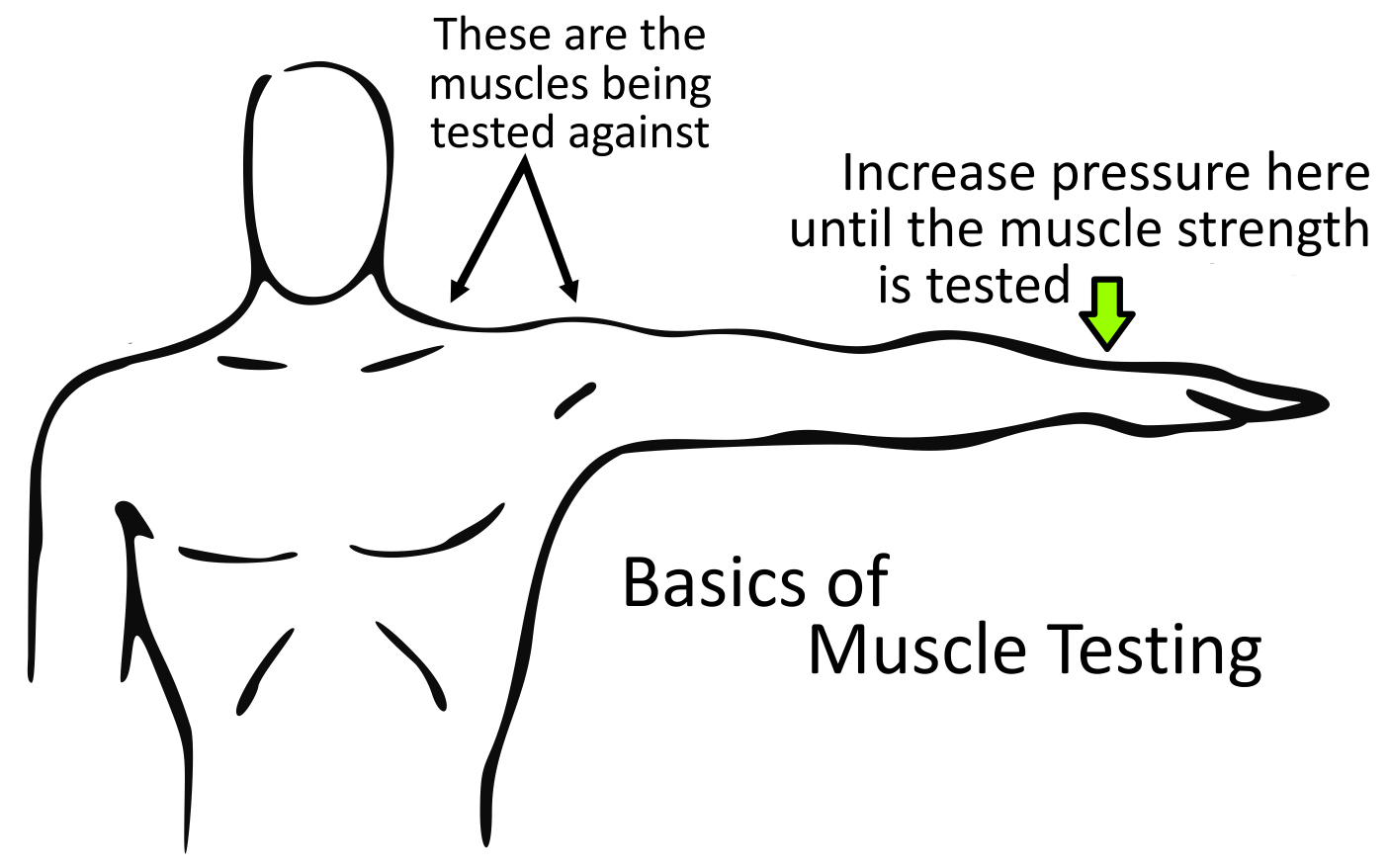Release Your Emotional Baggage
Painful events in life, no matter how insignificant, have the potential to end up as our emotional baggage. Though this emotional baggage is unseen by our eyes, it is real and could be getting in the way of your healing, happiness and/or success! This emotional baggage is literally in the form of a trapped emotion in your human energy field.
Trapped Emotions Keeps Us From Healing
Emotions get trapped when you experience a negative event in your life. Sometimes the event could have been so insignificant your conscious-self may have forgotten all about it. However, the emotion affected you in a way that it got “trapped”. Trapped negative emotions are little balls of energy that are vibrating at different frequencies that disrupt the human energy field. These trapped emotions have the potential to sustain chronic pain, cause malfunction of bodily tissues, emotional problems such as depression, anxiety and they could be keeping you from attaining your life goals.
E-motion Trailer
A NEW documentary, starring the author of the Emotion Code, explaining the impact our emotions have on us.
Frequently Asked Questions
Where do the emotions get trapped?
Emotions can trap anywhere in your physical body. I have noticed some popular places for emotions to lodge are joints (hello arthritis), back, the neck muscles, the heart/chest area, etc…
Will the trapped emotions that are released come back?
Once a trapped emotion is released it doesn’t come back—however we may find multiple instances of a particular trapped emotion (e.g. hopelessness), each one from a different event.
How many trapped emotions can people have?
Everyone is unique. On average, Dr Nelson suggests that some people can have one for every day of the year. Some people may have just a few, but as we get older, some people may have several depending on what a person has been through in their lives and how well they dealt with situations/emotions at the time. Some children have many emotions trapped as well. It also depends on what your body is ready to release at any given time.
Is it necessary to talk about my past?
No. Unlike a visit to an emotional therapist or physiologist you won’t need to discuss your past. In fact, we can refer to the event causing you pain or an imbalance as simply as “an event”.
What if I choose to discuss the "emotional event" during my session?
If you choose to disclose information regarding a found negative trapped emotion, it will make it easier to find additional emotions that could have been trapped because of the same event.
Releasing Trapped Emotions
We Don’t Talk, We Muscle Test.
Some people love to discuss their problems. It feels better when we get thoughts off our mind by “venting” to others. The Emotion Code doesn’t work that way. We use the body and perform a muscle test (usually with your arm).
Sometimes, what’s REALLY bothering us is not what we are thinking about. Remember, trapped emotions vibrate in the body when you are feeling an emotion. In turn, it amplifies the emotion or physical pain you are experiencing at that time. We typically talk about some key things that could lead to finding your trapped emotions but if you care to keep your life private while you release trapped emotions that works also.
What is Muscle Testing?
Kinesiology (pronounced kin-easy-ology) is a form of biomechanics which investigates and analyzes human motion. In 1964, Dr. George Goodheart, Jr., introduced the world to Applied Kinesiology and muscle testing (which is based on the fact that the body never lies). Applied Kinesiology has become a standard for many chiropractors, nutritionists and homeopaths who use muscle testing as a means of dialoging with the body.
Muscle testing, is the response of our individual nervous system to the vibrations of certain substances, people and even statements we make. Our nervous system is a 37-mile-long antenna which discriminates subtle frequencies that scientific instruments can’t measure. While MRIs, EEGs, and CAT scans give us vital information, for more subtle feedback most professionals rely on muscle testing.
Muscle Testing is performed while doing the following:
– The person getting muscle tested raises their arm horizontally to the floor.
– The practitioner asks the person’s body a question.
– The practitioner then applies an even downward pressure to the arm.
– If the person’s arm can withstand the pressure, their body is giving a YES/TRUE answer.
– If the person’s arm cannot easily withstand the pressure, their body is giving a NO/FALSE answer.

